

Click to read general information about afghans



Buy a pattern
for this afghan
on the order form
 Buy now
Buy now


TOWER BLOCKS
A cube is a three dimensional shape. It has height, width and depth. A flat surface only has height and width so the shapes here merely suggest cubes.
One of our students said she felt she was in New York, looking down on tall buildings -
The optical illusion is so convincing another young student looked underneath to find ‘the other cube’. He was sure there were eight cubes in each block but could only count seven.
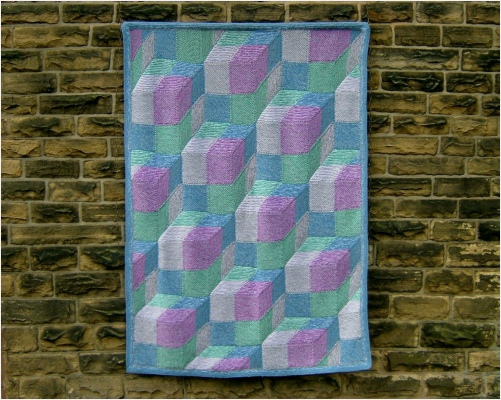
The front face of each large ‘cube’ is a square, made of four smaller squares. The top and side of the ‘cube’ are parallelograms, each made from four smaller parallelograms. The parallelograms are the same size but slope in opposite directions.
Pythagoras’ Theorem is used to work out the relative sizes of the squares and parallelograms.
There are only four different colours -
One shadow colour is mixed with all shapes on the front face, a second with all on the top and the third with all on the side. Whichever has the lightest or brightest shadow colour will look as though the light is shining on it. Whichever has the darkest will look as though it is in full shadow.
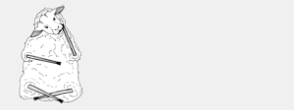
Scroll down for more information about
Tower Blocks
RELATED DESIGNS
CUBE AFGHANS
CUBE CUSHION
OPTICAL ILLUSION AFGHANS

CONSTRUCTION INFORMATION
The four squares which form the front of a cube are made individually and stitched together. The top and sides of the cube are formed by picking up stitches and knitting on.
The completed blocks are then stitched together.

KNITTING INFORMATION
You will need four main colours and three shades of white and grey to mix with them to create the shadow effect. The afghan shown above was made with DK yarns for the main colours and 4-
The size of the afghan will depend on the yarns chosen. You could change the number of blocks to alter the overall size.
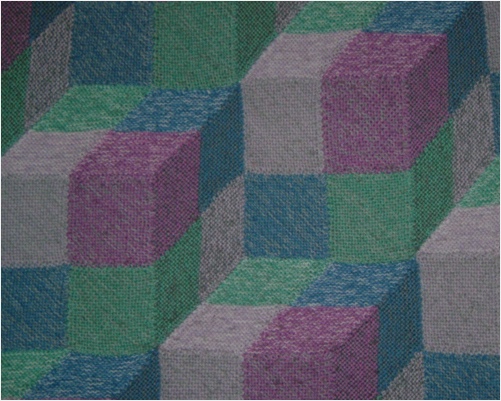
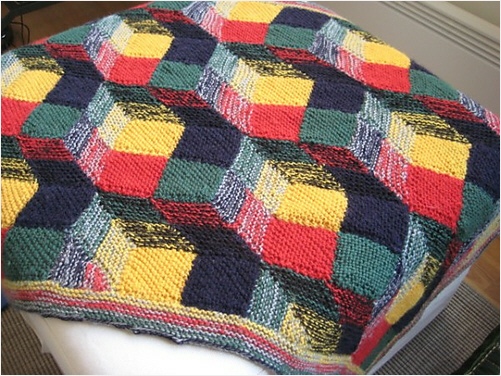
This, much brighter, version was made by Nina.